
List of sites that offer free public domain books in electronic and audio format.

List of sites that offer free public domain books in electronic and audio format.
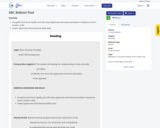
recognize and name rapidly and with ease uppercase and lowercase letters in sequence and in random order match uppercase and lowercase letter pairs

The student will apply social science skills to understand the factors that shaped Colonial America by describing colonial life in America from the perspectives of large landowners, farmers, artisans, merchants, women, free African Americans, indentured servants, and enslaved African Americans, by creating a computational artifact.

Information Technology is a broad field to learn about. Within IT there are many careers. This lesson is designed to help engage the students in the IT field where they will be able to research and discover various jobs they are interested in. Students will discover the education requirments, possible benefits of different jobs, salary, hiring demad, and growth potential in the field.The activities include: brainstorming, compare and contrast, research, writing, and using software either in Google or Microsoft.
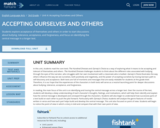
In this unit, students read the core texts The Hundred Dresses and Garvey's Choice as a way of exploring what it means to be accepting and tolerant of themselves and others. The Hundred Dresses challenges students to think about the different roles associated with bullying through the eyes of the narrator, who struggles with her own involvement with a classmate who is bullied. Garvey's Choice illustrates the way others influence the way we see ourselves, both positively and negatively, and the power of accepting ourselves by tracing Garvey's path to self-discovery and acceptance. Both texts are full of moments and messages that are easily relatable for students at this grade level. Therefore, it is our hope that the experiences of the characters in both texts will serve as a neutral launching point for deeper discussions about bullying, tolerance, acceptance, and forgiveness.
In reading, the main focus of the unit is on identifying and tracing the central message across a longer text. Over the course of the text, students will develop a deep understanding of each character's thoughts, feelings, and motivations, which will help them identify and explain how the central message is developed and conveyed through the characters. Students will also begin to understand how successive parts of a text build on each other to push the plot forward. Particularly with Garvey's Choice, students will analyze the genre features of novels written in verse and how each part helps build and develop the central message. This unit also focused on point of view. Students will begin to notice the point of view in which a story is told and compare that with their own point of view.
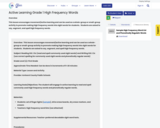
This lesson encourages movement/active learning and can be used as a whole-group or small-group activity to promote making high frequency words into sight words for students. Students are asked to say, segment, and spell high frequency words.
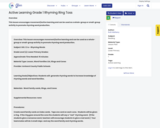
This lesson encourages movement/active learning and can be used as a whole-group or small-group activity to promote rhyming word production.
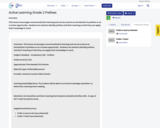
This lesson encourages movement/active learning and can be used as an introduction to prefixes or as a review opportunity. Students are asked to identify prefixes and their meaning so that they can apply their knowledge in a text.
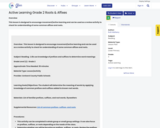
This lesson is designed to encourage movement/active learning and can be used as a review activity to check for understanding of some common affixes and roots.
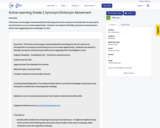
This lesson encourages movement/active learning and can be used as an introduction to synonyms and antonyms or as a review opportunity. Students are asked to identify synonyms and antonyms before then applying their knowledge in a text.

This lesson encourages movement/active learning and can be used as a whole-group or small-group activity to promote understanding of antonyms and synonyms. Students are asked to identify whether pairs of words are antonyms or synonyms.
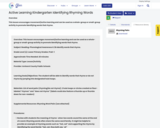
This lesson encourages movement/active learning and can be used as a whole-group or small-group activity to promote identifying words that rhyme.
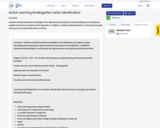
Students will demonstrate knowledge of the alphabetic principle by orally identifying and naming the capital and lowercase letters of the alphabet. In addition, students will participate in active play through exercises and a physically driven activity.
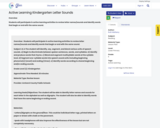
Students will participate in active learning activities to review letter names/sounds and identify words that begin or end with the same sound.
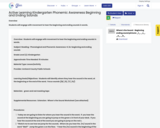
Students will engage with movement to hear the beginning and ending sounds in words.

Cards from each category will be placed throughout the room on tables or desks. Students will pick up 3 cards each and try to find another student or students to combine their word part with to create a new word. New words formed will be recorded on a sheet and shared with the class as a pair and share at the end of the lesson.
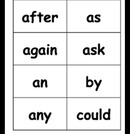
Put letters or sight words in various places on the sidewalk with chalk in the recess area. This lesson allows for differentiation among reading levels. You may also make laminate cards to use. Have students move quickly to the section of the sidewalk in which the letter you give them appears. Every child should have their own letter to find.
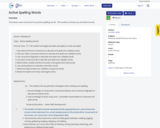
This lesson uses movement to practice spelling words. The students actively say and blend words.
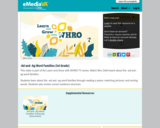
This video is part of the Learn and Grow with WHRO TV series. Watch Mrs. Diehl teach about the -ad and -ag word families.